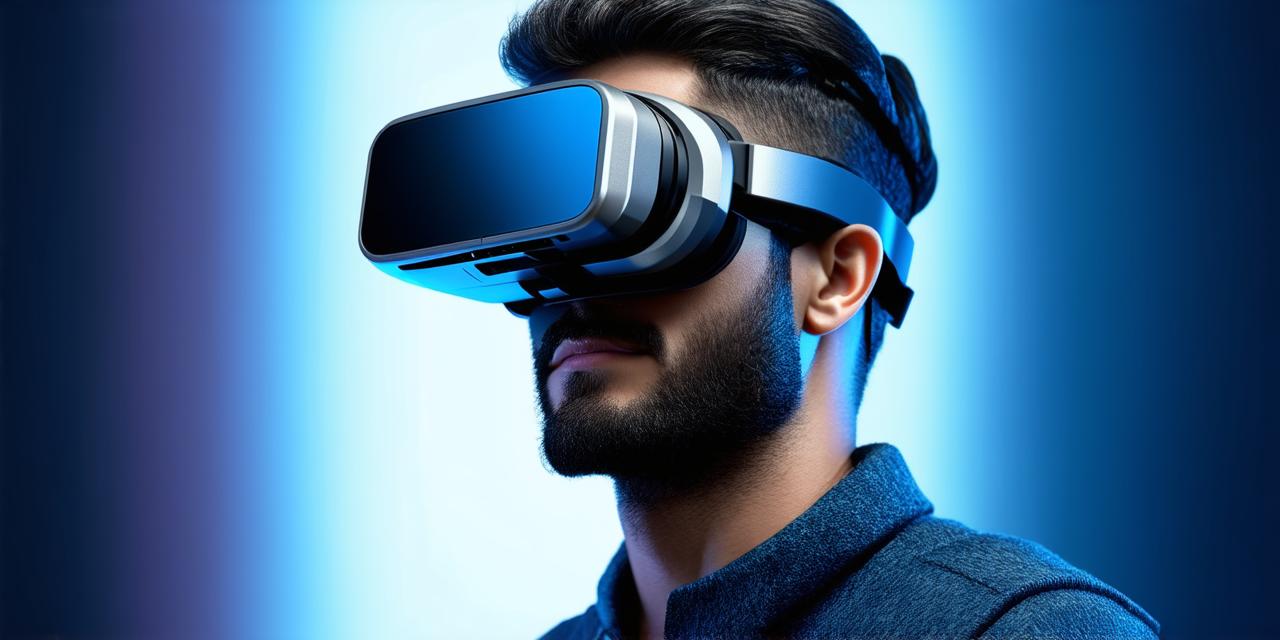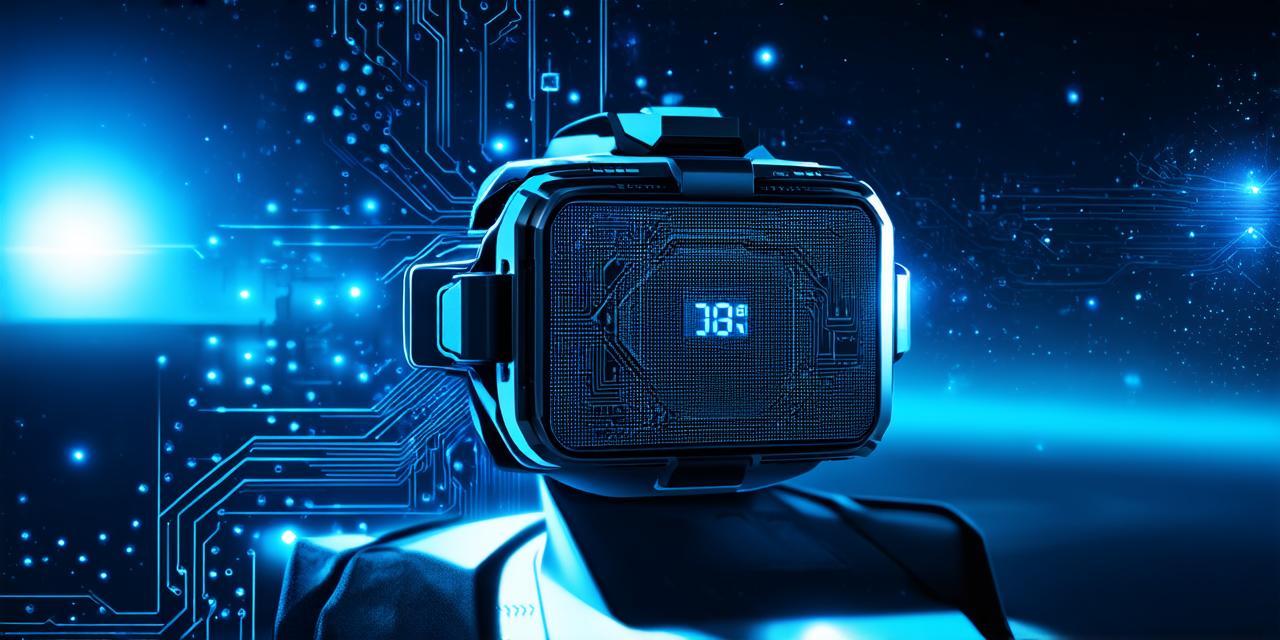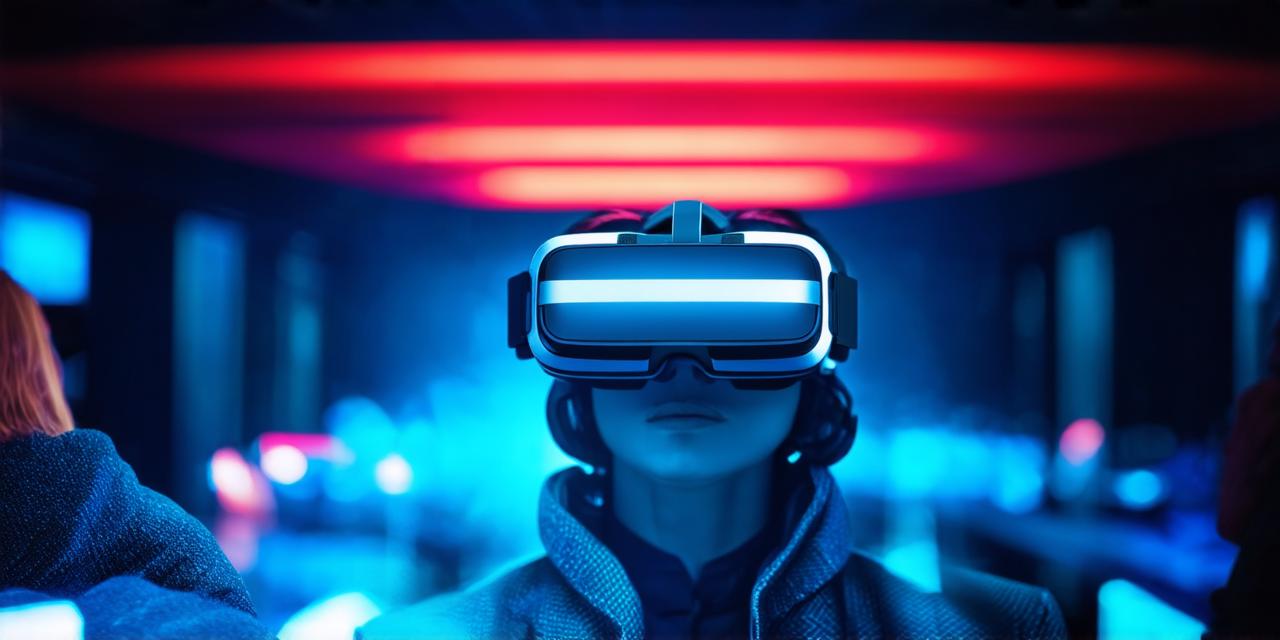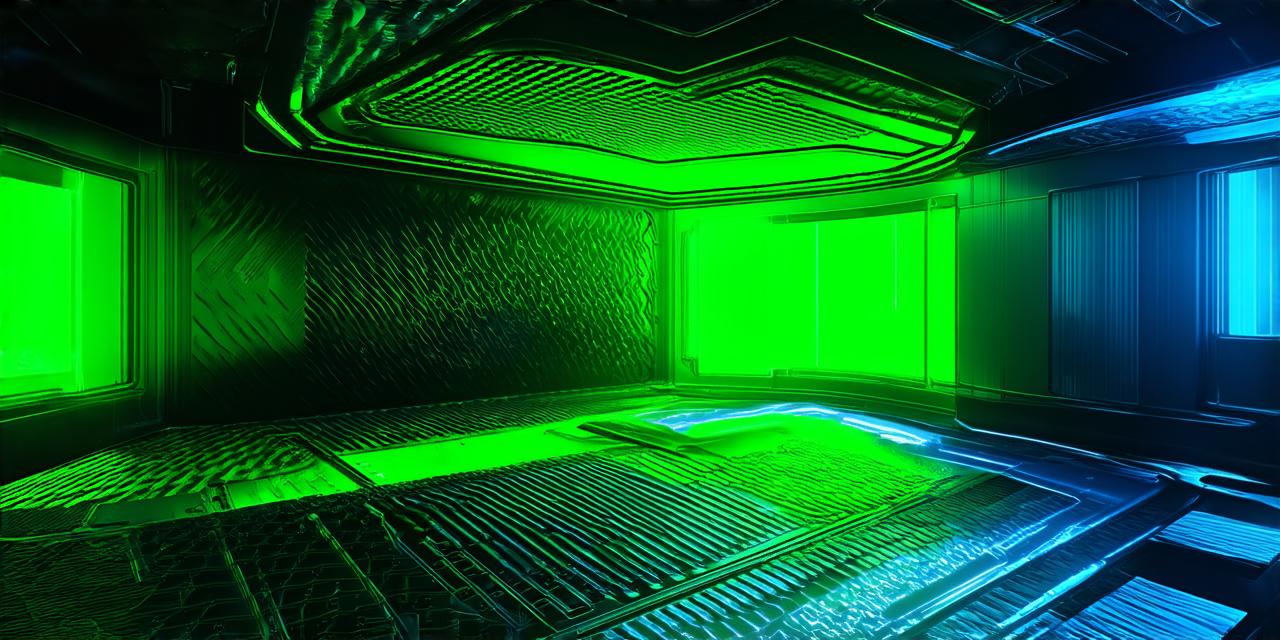Virtual reality (VR) is a technology that allows users to experience a simulated environment as if they were actually there. The main component of VR is the headset, which tracks the user’s movements and adjusts the visual input accordingly.
What are virtual reality headsets?
Virtual reality headsets are a type of computer hardware that allows users to experience a simulated environment in 3D. These headsets typically consist of two screens connected by a band around the head and sensors that track the user’s movement. The headset displays stereoscopic images, which means that each eye sees slightly different perspectives from each screen. This creates an illusion of depth, allowing the user to perceive a 3D environment.
How do virtual reality headsets work?
Virtual reality headsets operate using a combination of sensors and software. The headset uses sensors such as accelerometers, gyroscopes, and magnetic sensors to track the user’s movement. This data is then fed into a computer running VR software, which adjusts the visual input accordingly. The VR software takes into account the user’s position, orientation, and movement, and uses this information to render a 3D environment that appears to match the real world.
The role of sensors in virtual reality headsets
Sensors play a crucial role in virtual reality headsets. They allow the headset to track the user’s movement and adjust the visual input accordingly. Here are some examples of the types of sensors used in VR headsets:
- Accelerometers: Accelerometers measure acceleration, which can be used to detect when the user is moving or stationary. These sensors can be found on most smartphones and are often used to detect when a phone is placed face down.
- Gyroscopes: Gyroscopes measure angular acceleration, which can be used to track the user’s orientation. This information is used to adjust the visual input so that the user sees a 3D environment that matches their real-world orientation.
- Magnetic sensors: Magnetic sensors use the Earth’s magnetic field to detect the user’s position. This data can be used to adjust the visual input so that the user sees a 3D environment that matches their real-world position.
How virtual reality software works
Virtual reality software is responsible for rendering the 3D environment that the user sees in the headset. The VR software takes into account the user’s position, orientation, and movement, and uses this information to adjust the visual input accordingly. This process involves several steps:
- Input processing: The virtual reality software receives data from the sensors on the headset, such as the user’s position, orientation, and movement.
- Tracking: The VR software tracks the user’s movements using this data, taking into account any errors or delays that may occur due to sensor noise or other factors.
- Rendering: Once the VR software has tracked the user’s movements, it renders a 3D environment that appears to match the real world. This involves applying transformations such as scaling, rotation, and translation to the 3D models based on the user’s position and orientation.
- Output processing: The VR software sends the final visual output to the headset, which displays it on the two screens connected by the band around the head. This creates a stereoscopic display that allows the user to perceive depth in the 3D environment.
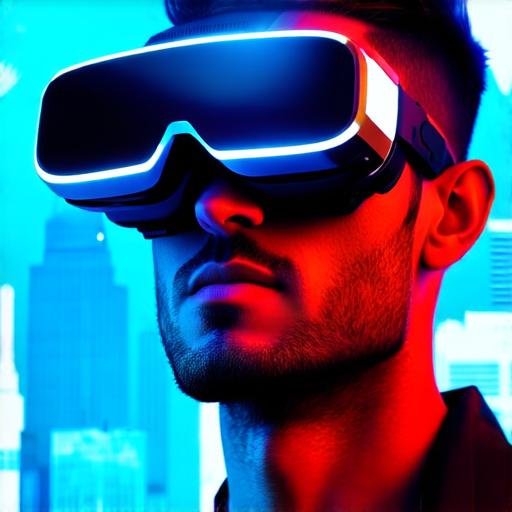
Summary
Virtual reality headsets are a fascinating technology that allow users to experience a simulated environment as if they were actually there. These headsets operate using a combination of sensors and software, which track the user’s movement and adjust the visual input accordingly.
